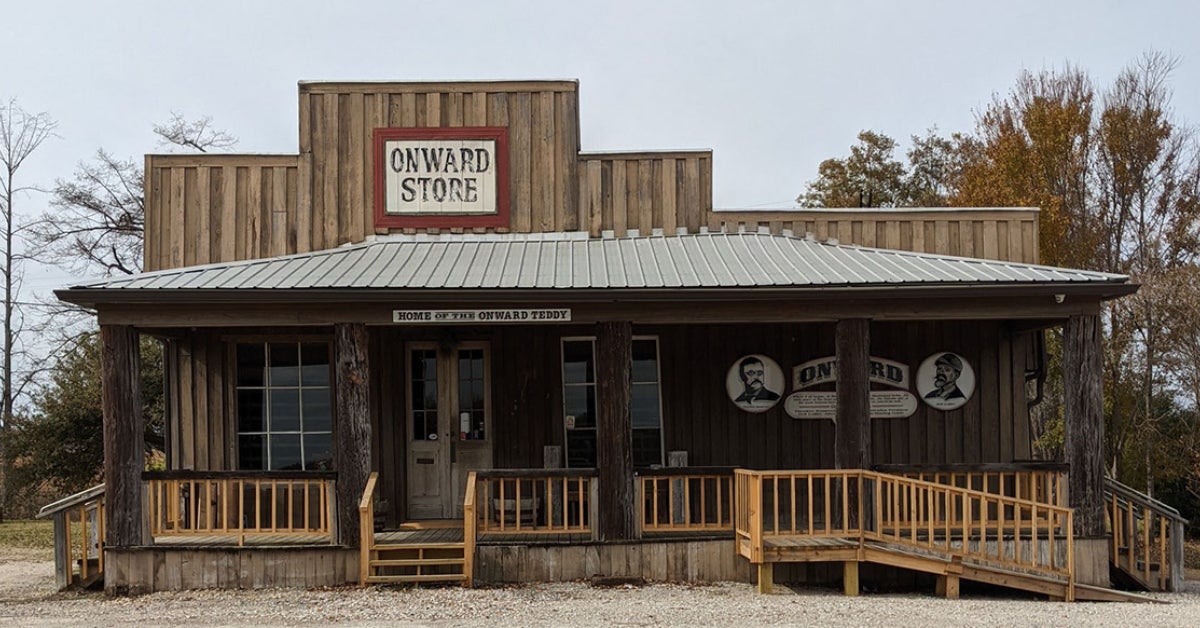Nearly $20M in grants headed to reforest eroded river areas
Published 11:33 am Tuesday, May 29, 2012
Nearly $20 million has been awarded to two conservation groups to reforest the most flood-prone areas along the Lower Mississippi River that eroded during the Mississippi River Flood of 2011.
The grant from the Department of Agriculture’s Natural Resources Conservation Service will allow the Lower Mississippi River Conservation Committee and the Mississippi River Trust to work with people who own land in the most frequently flooded areas not protected by the mainline levee system.
“We need to find commonsense solutions in response to repeated Mississippi River floods,” James L. Cummins, president of the Stoneville, Miss.-based river trust, said in a news release. “This project is one of those solutions. It will help wildlife, improve water quality in the river and the Gulf (of Mexico) and help private landowners.”
Starting in the summer of 2013, landowners on the river side of the mainline levees may register property, said Ron Nassar of the six-state LMRCC, which is based in Vicksburg. The Wetlands Reserve Enhancement Program grant is enough to reforest the most flood-vulnerable 7,500 acres of land in two years’ time on the river coasts of Arkansas, Kentucky, Louisiana, Mississippi, Missouri and Tennessee. In Mississippi, the unprotected area stretches about 150 miles, from the end of the mainline system in Warren County at Buck Chute, west of Eagle Lake, to where the river enters Louisiana at the state line between Wilkinson County and Pointe Coupee Parish.
Grant funds will reimburse the landowners for conservation easements and replant bottomland hardwood forests. The land must have three years of cropping history with the Farm Service Agency, Nassar said. Once in the program, the registered land is restricted only from having row crops, Nassar said.
“They can lease hunting rights and they can do wildlife food plots,” Nassar said. “It’s not going to be very restrictive.”
The Mississippi River at Vicksburg reached 57.1 feet in 2011, 14.1 feet above flood stage and nine-tenths of a foot higher than the 1927 flood. A record crest also was recorded in Natchez, at 61.9 feet. Peak daily water flows broke records in the two cities and at Arkansas City and Greenville. Effects along the river bank, mostly unreported during the event, was substantial.
“The river deposited up to 8 feet of sand in some places,” Nassar said.
A plan is in the works between LMRCC and the Army Corps of Engineers to manage the lower river system over the long term, Nassar said.
“At the same time, this grant allows us to continue on-the-ground habitat restoration that we began with the Mississippi River Trust in 2006,” Nassar said, referring to the Restoring America’s Greatest River Plan, which is to implement more than 200 habitat restoration projects. Twenty-five miles of channels along the river have been restored since, the release said.
Overall, the active floodplain of the river covers 2.8 million acres, from Cairo, Ill., to the Gulf of Mexico. It’s known as the batture, what the U.S. Geological Survey has said is the most important, longest and least impacted wetland ecosystem in the southern United States. It’s home to dozens of species of songbirds, waterfowl, trophy deer and black bear. A long-term goal of restricting farming is to reduce excess nutrients, particularly nitrogen, from entering the river and the gulf, where they contribute to seasonal “dead zones” of low oxygen in the water.
The WREP grant, announced this week in Washington, D.C., was awarded under the agency’s Mississippi River Basin Initiative. The Initiative allows the USDA to enter into partnerships with states, nonprofits and other entities to improve water quality and enhance wildlife habitat.
A separate, privately funded effort to reforest about 3,000 acres of marginal farmland in Arkansas and Louisiana was completed this week, according to a release from Entergy.
The utility partnered with the nonprofit Conservation Fund and Trust for Public Land and TerraCarbon LLC to restore forestland reduced by logging and farming since the early 20th century. The effort was listed with the American Carbon Registry and is one of only a few U.S.-based reforestation projects registered anywhere, the release said.





